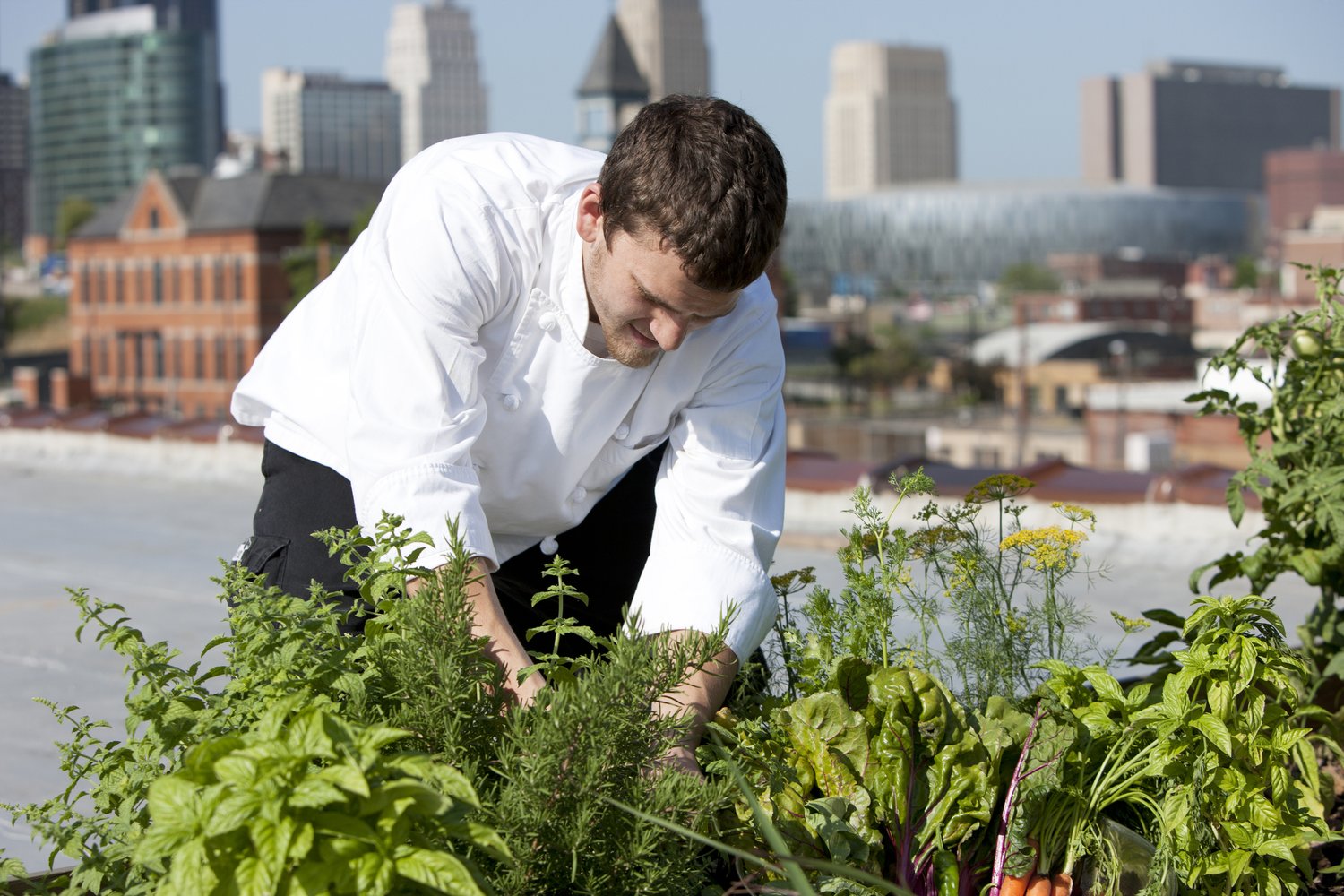3 Simple Techniques For City Blooming
3 Simple Techniques For City Blooming
Blog Article
The 2-Minute Rule for City Blooming
Table of ContentsWhat Does City Blooming Mean?City Blooming Can Be Fun For EveryoneThe smart Trick of City Blooming That Nobody is Talking AboutThe Single Strategy To Use For City BloomingWhat Does City Blooming Do?

As you stroll the streets of the Bronx, Southside Chicago or East Oakland, you may see have also seen big stories of ripening fruits and veggies being gathered. What specifically are city farms and community gardens? Urban agriculture, urban farming, or metropolitan gardening is the practice of growing, processing and dispersing food in or around urban locations.
Generally, metropolitan farming as a practice is a bigger financial investment than gardening. There are countless more hours invested right into the trivial matters of farming, from the plant plan to the tending of your beds. This time around commitment handles an entire brand-new definition once you recognize the goal that is being functioned in the direction of and dedicated, particularly that of gaining a bountiful yield of crops to be consumed.
A neighborhood garden is a solitary parcel gardened collectively by a team of people. Community yards utilize either private or common plots on personal or public land while producing fruit, veggies, and/or plants grown for their eye-catching look. The basic version right here is that a large team of people each add a fairly percentage of time to functioning their very own plot, and get the fruits of their labor therefore.
The Buzz on City Blooming

, and area organizations by assisting them develop and grow their own gardens. The distinctions in between community garden and city ranch are nuanced, though in the end the exact same fundamental activity takes placefood plant farming yet within various business frameworks - urban gardening.
Urban farms are usually much more company and modern technology oriented, with the main objective of optimizing yields and selling fruit and vegetables. Commercial metropolitan ranches are frequently targeted at increasing manufacturing on usually small land area with developments in technologies such as tank farming, hydroponics, and greenhouses and might companion with a business cooking area to create locally-produced value-added products such as jams and sauces.
7 Simple Techniques For City Blooming
The produce is normally expanded on a much smaller range and is taken home to consume at home or to share. By supplying much required green rooms in destitute, concrete urban areas, they permit for the benefits of yard gardening to those doing not have backyards, and act as outstanding examples of self-organization and neighborhood activism.
Some area yards, often in metropolitan locations, move right into expanding for industrial usage while some metropolitan ranches open up their land for more socially aware benefits. Regardless of just how you specify and separate the two, they are both positive forces for good in cities around America and the world.
As every one of Tiny Axe Peppers' warm sauces are sourced with peppers from neighborhood yards, your purchases directly aid fund these regional projects (https://pxhere.com/en/photographer/4293794). So, take component in the transformation by.
A friend of mine recently commented in a conversation concerning gardening that "It's interesting, I have actually always assumed that farming as a practice is rather like horticulture. As I invested even more and more time in my Urban Agriculture course I have actually come to realize that to say that Resources horticulture is a small extension of agriculture would be a little bit of stretch.
Not known Factual Statements About City Blooming
They both focus on the treatment of plants for some goal that can be nutrition, revenue or simply the enjoyment of the craft. Furthermore they both need a financial financial investment in addition to a time investment, something that a great deal of people in our quick paced life do not have a great deal of - City gardening.
We can see that the similarities are plentiful, however are the distinctions sufficient to create a distinction? As a trainee at NYU I have the chance to collaborate with the leave It Better Foundation, a group that educates fundamental nourishment and gardening to senior high school students. https://www.goodreads.com/user/show/179466644-daniel-nold. This experience offered me a thorough venture right into the world of amateur gardening beyond what lots of people have actually touched with
With these in hand, I can safely say that these two tasks are quite frankly various monsters. Farming as a technique is a bigger investment than horticulture. There are numerous more hours invested into the trivial matters of farming, from the crop strategy to the often tending of your beds. This moment dedication takes on a whole brand-new definition once you understand the objective that is being worked in the direction of and dedicated, particularly that of gaining a plentiful yield of plants to be eaten.
The typical gardener deals with his duties as a task as opposed to a necessity and thus differentiates his or herself from the farmer. With this distinction in hand, they are both calming and stress-free exercises that any person can pick up, which by itself ought to be an ad for both.
Unknown Facts About City Blooming
Something failed - eco-friendly practices. Wait a minute and try once more Attempt once again
Report this page